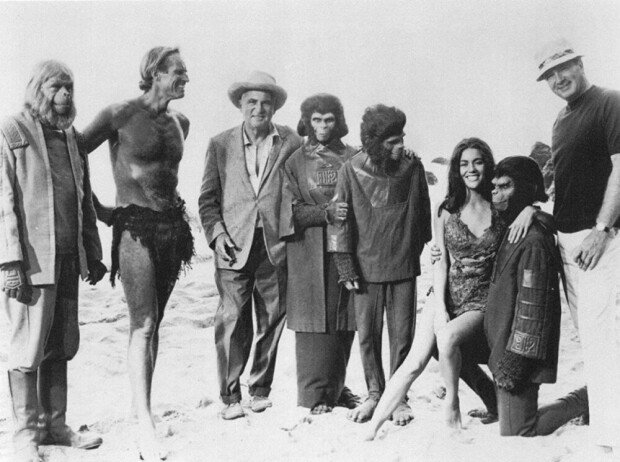The immediate behavior and its link to human existence
The immediate behavior and its link to human existence
Posted December. 02, 2023 08:04,
Updated December. 02, 2023 08:04


The book "Behave" recounts a story from a fierce American Civil War battlefield, the Battle of Gettysburg, where 27,000 single-shot muskets were recovered, with 24,000 left unfired. Amidst the chaos, most soldiers refrained from firing guns, focusing instead on aiding the wounded, giving orders, fleeing, or experiencing devastation and confusion. The author highlights humanity's inclination to avoid causing harm at close range, noting that throwing a grenade may be easier than shooting someone nearby. This reluctance is relevant in modern times: remotely-controlled drone attacks, despite their distance, can lead to psychological challenges, as seen in many American soldiers who struggled with PTSD after killing enemies with drones in Afghanistan.
Humans can wield the power to cause mass casualties in wars, yet paradoxically, they can form connections even with adversaries in face-to-face encounters. In the Civil War, soldiers exchanged goods and attended religious services with their enemies on the eve of significant battles. The well-known 'Christmas truce' during World War I further exemplifies the natural emergence of camaraderie that transcended enemy lines, highlighting the bonding capacity even amid trench warfare.
Why do humans act so paradoxically? As its subtitle 'The Biology of Humans at Our Best and Worst' suggests, today's book explores a broad spectrum of topics, including violence and selflessness, morals and free will, tribalism and xenophobia from the lenses of biology, psychology, and cultures. Authored by a globally renowned neurologist and Stanford University professor, the masterpiece took over ten years to complete, with its reference section alone resembling a mini book in volume.
In the first half, the author explores the motivations behind specific actions, unraveling answers by tracing back through time in each chapter. The brain's neurology operates within a one-second timeframe before an action occurs. The amygdala is linked to fear, anxiety, and aggression. People become uncontrollable when the frontal lobe cortex, responsible for restraint, is damaged. Notably, the human brain's emotion and perception control centers are distinct. In addressing the well-known 'trolley problem,' where ethics are questioned in sacrificing one to save five, the emotional region is activated when directly pushing to kill, while only the perception region is engaged when just pulling a lever to kill in the hypothetical scenario.
The timeframe ranging from a few seconds to a few minutes before taking action falls under sensation. Experiments depicted in the book reveal the heightened sensitivity of human brains to skin color. Even with a brief exposure, less than one-tenth of a second, individuals may not identify a face but can surprisingly discern the race quite accurately. The amygdala, at times, responds more robustly to faces of a different race, suggesting the brain’s rapid categorization into ‘us’ and ‘them.’ However, the author contends that with prolonged visual exposure (approximately longer than one-fifth of a second), the frontal lobe cortex activates, suppressing the amygdala. This, the author explains, underscores human efforts to manage uncomfortable feelings independently.
The book progresses through various timeframes, from a few hours to days discussing hormones, and from days to months exploring neuroplasticity. It delves into the impact of changes during adolescence, childhood, and prenatal stages on one's actions. The author broadens the scope to encompass cultures and evolution. He further highlights that helping others for humans has become a subconscious, automatic action acquired over time, akin to learning to ride a bike. The length of the book should not concern readers as it is rich with witty sentences and intriguing case examples.
Jong-Yeob JO jjj@donga.com







